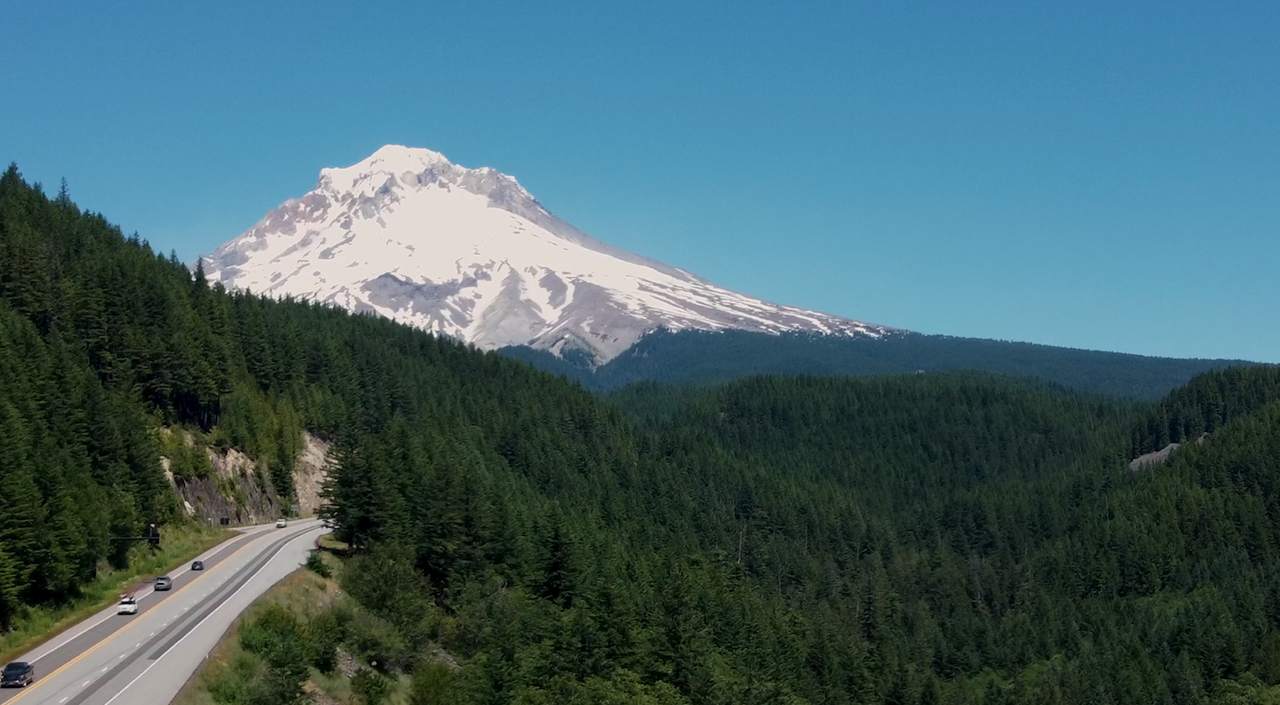By Lisa Kilder Clackamas Soil & Water Conservation District For The Mountain Times
Heavy rain on bare soil can wash soil into rivers and streams. If your land has been cleared or damaged by wildfire, it is even more at risk. Don’t let your land get carried away!
There are ways to stop erosion and protect your forest. If you did not plant grass or other plants on bare ground last fall, you still have time to protect your land. Plan to seed bare areas in late March or early April when the weather gets warmer. Covering bare ground with plants helps hold the soil in place, prevents erosion, and keeps your land from going downstream. It also helps stop invasive weeds and creates better homes for wildlife.
Using Native Plants
For native plants and grasses, only use seeds or plants from the same eco region, matching the elevation within 500 feet of your planting area’s elevation. This helps the plants grow better in their natural environment.
Tips for
Planting Seeds on Bare Soil
These steps depend on what the site conditions allow:
If the soil is not already rough, it is best to rake or break it up before spreading seeds.
If the ground is covered in ash, rake it away to reach the soil underneath.
After spreading the seeds, rake, harrow, or roll the soil again. This helps the seeds touch the soil, making it easier for them to grow.
Seeds need moisture and warm temperatures to sprout, so timing is important!
How Much Seed to Use
The seeds needed depend on the area. Here is a good rule: Use more seeds if you do not plan to use a mulch cover or if the slope of the land is steep.
If you have more than a little erosion or need help creating a planting plan, contact our conservation specialists at Clackamas Soil and Water Conservation District at 503-210-6000 or the Natural Resources Conservation Service at 503-210-6032.
Check for Drainage Problems in Winter
Winter is a great time to spot drainage problems. Look for clogged culverts and check your roads for issues like damaged water bars or rolling dips. Fixing these can help stop extra soil from washing into streams. The Oregon Department of Forestry has the Forest Road Management Guidebook and many helpful resources on its website https://www.oregon.gov/odf/Pages/publications.aspx.
Don’t Forget to Manage Weeds
Finally, it is important to keep invasive weeds under control. These weeds compete with and push out native plants. The best way to stop invasive weeds is to prevent them from growing in the first place.
Clean weed seeds and stems from tires and vehicles before and after traveling into the forest.
Watch for invasive weeds when walking or traveling through your property.
Use a variety of methods to control weeds including manual pulling, using equipment, or spraying pesticides when necessary.
For specific information on weed management, consult the Pacific Northwest Weed Management Handbook at pnwhandbooks.org/weed.



